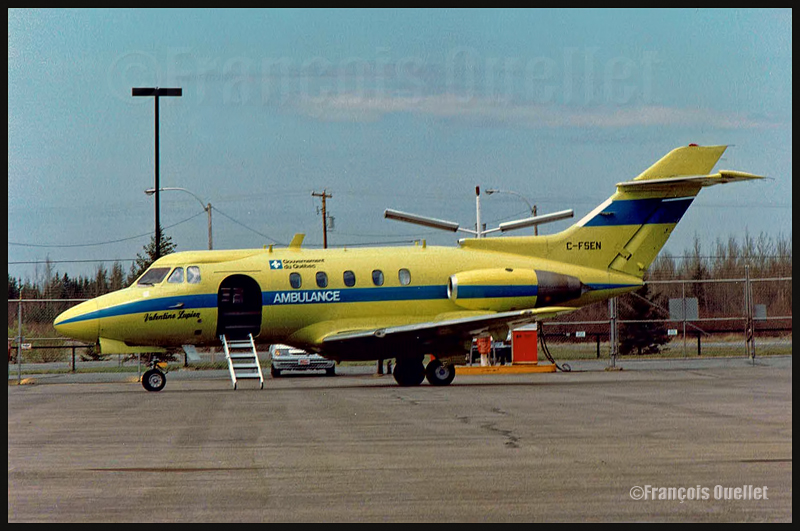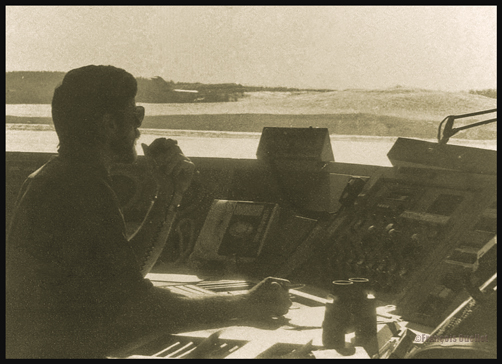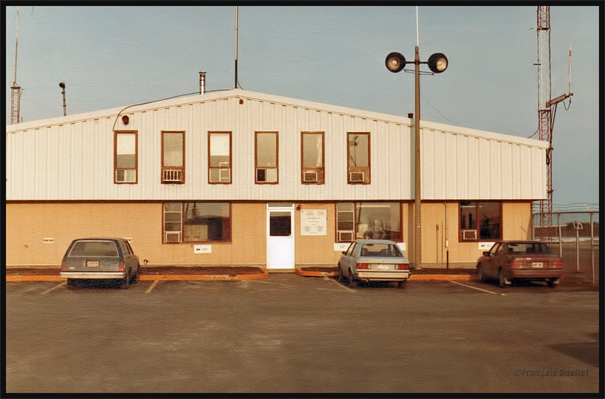During the eighties, while I was working as a flight service specialist (FSS) at the Transport Canada flight service station in Rouyn-Noranda (CYUY), I received a phone call from a Val-d’Or air traffic controller. He told me that there was a problem with the type K ARCAL. The ARCAL allows a pilot to remotely activate the runway lights.
Normally, the pilot can choose between three intensities: low, medium and high. But it now seemed that for an extended period, the ARCAL’s low intensity would not be serviceable. The controller told me to issue a NOTAM stating that nobody could use the ARCAL for an indefinite period.
I did not agree with that request. An ARCAL system that was left available would facilitate a pilot’s life by allowing him to choose between the remaining intensities during the approach, or on takeoff. The pilots of the Quebec Government HS125 in charge of medical evacuations during night time would certainly appreciate.
I told the controller that I did not know of any approved procedures relating to an ARCAL type K system failure and that I did not see why I would consider totally unserviceable a system in which only one intensity out of three was posing a problem.
He replied that those were the written procedures that could be found in the control tower and that I had to call his manager if I wanted to see them. How was it possible that official procedures pertinent to a system installed on many airports across Canada, with or without a control tower, could only be found in selected control towers? This was unthinkable.
Through my manager, I asked to receive a copy of those procedures. But it now seemed that those procedures were not in the Val-d’Or control tower but in the Montreal regional office. I tried to get them from that office, but nobody could find anything on the subject.
It was now obvious that those procedures never existed. The funny thing is that all the stakeholders were defending, one level at a time, the existence of those fictive procedures, for all kinds of reasons.
During those years, there was a program called “Incentive Award”, encouraging an employee to present new ideas that would improve the efficiency of the public service. If a proposition was accepted by the highest management levels, a certificate accompanied with a small amount of money would be sent to the employee by the Deputy Minister at Transport Canada. Realizing I would not obtain satisfaction from the regional management, I used the “Incentive Award” program to present my proposition.
One year later, I received a call from somebody who told me he was working at the national level, in Ottawa. He implied that my suggestion would not be accepted.
I told him that I paid, like other Canadians, to get the ARCAL system installed and that, as long as one intensity would remain serviceable, the ARCAL would have to be available to pilots. I made sure he understood that I could not care if he felt comfortable with the idea or not. He was advised that if he maintained his view on the subject, he would have to justify his action to the Canadian public and to the Minister of Transport, who, at the time, was Benoît Bouchard.
Two months later, I received a check and a letter from the Deputy Minister of Transport Canada thanking me for my suggestion that was improving the efficiency of public service. Fourteen months were needed to make the transition from fictive to official procedures that now apply to all Canadian airports equipped with this type of remote control of runway lights.
For more real life stories on the Rouyn-Noranda flight service station and flight service specialists, click here:




